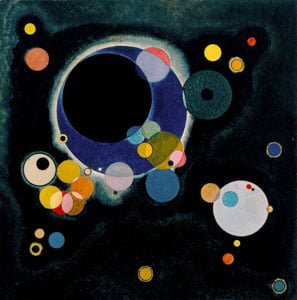The original page 13 of the Codex Borbonicus, showing the 13th trecena of the Aztec sacred calendar. This 13th trecena was under the auspices of the goddess Tlazolteotl, who is shown on the upper left wearing a flayed skin, giving birth to Cinteotl. The 13 day-signs of this trecena, starting with 1 Earthquake, 2 Flint/Knife, 3 Rain, etc., are shown on the bottom row and the right column.
The Codex Borbonicus is one of a very few Aztec codices that survived the colonial Spanish inquisition. When the Spanish conquistadors (led by Hernán Cortés) entered Aztec cities, they would often find libraries filled with thousands of native works. However, most of the works were destroyed during the conquest as a means to hasten the conversion of the Aztec to European ideals.


Wait their year was 260 days? Was there any significance to that number?
So the “Aztec” (Mixtec Pueblo culture) had two major calendars The Tonalpohualli (count of days or days count) and The Xiuhpohualli ( year count or fire count). The Tonalpohualli is a spiritual calendar used for ceremonies and augury, it consists of 20 signs each given a thirteen day week. I’ve heard it speculated that it has something to do with the observable time that a human takes to gestate during pregnancy, but that’s pure theory. The Xiuhpohualli is a 360 day count calendar with five extra days added to the end of the year (which were considered very unlucky). It was divided into 18 months that ran through the 20 day signs that the Spanish called a Veintena. This was used for feasts, holidays, and the planning of agriculture or war during the two major seasons (wet season and dry season). The two calendars would align every 52 years that culminated into a huge celebration called Toxhiuhmolpilia (New Fire Ceremony).